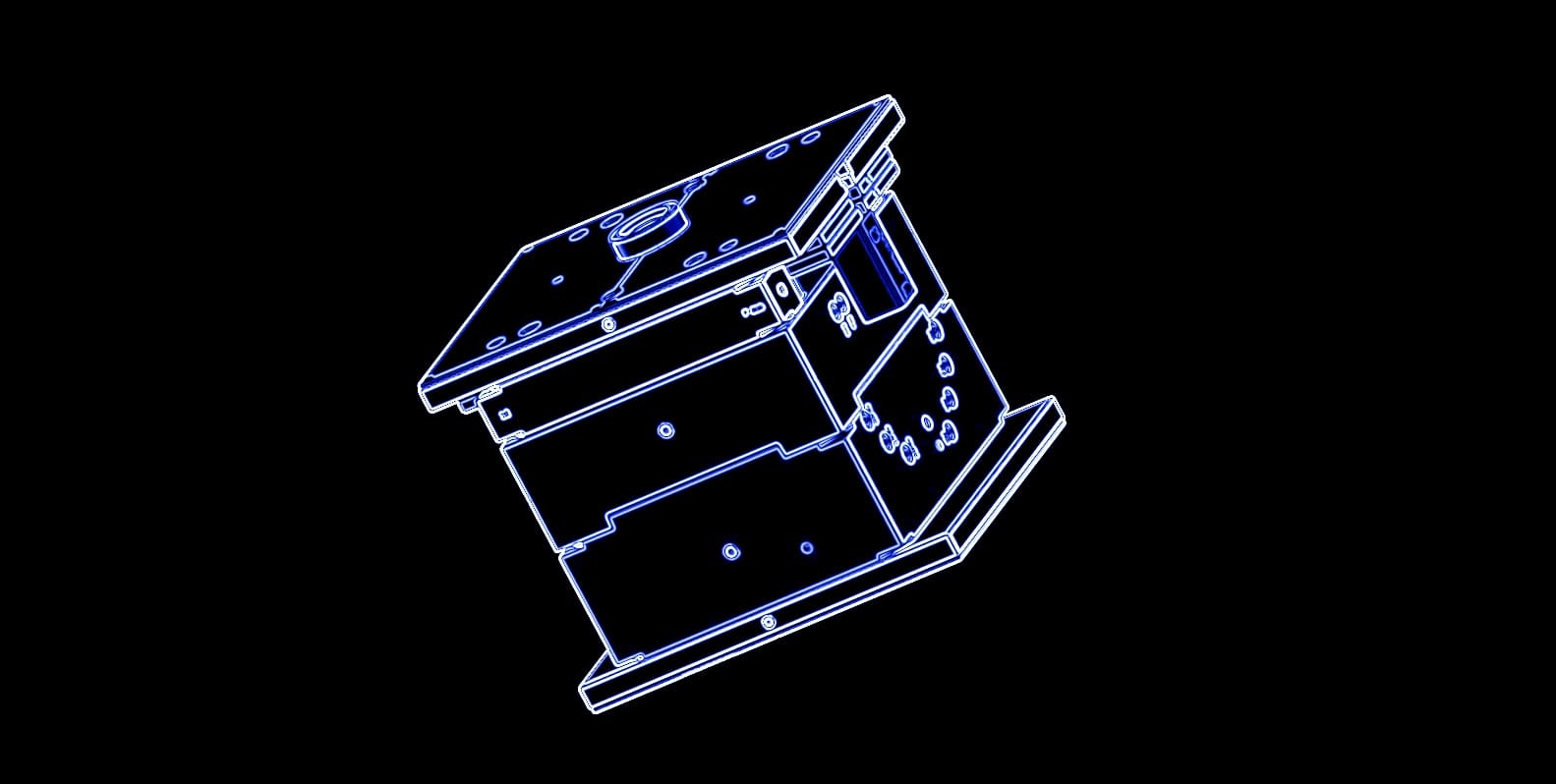INTRODUCTION
When discussing plastic injection mold construction, people sometimes refer to a “reverse mold.” What exactly does that mean, and how is a reverse mold different from a standard injection mold? Also, why would someone build a reverse mold? What are the benefits and drawbacks of them? Here’s a quick summary of the analysis.
STANDARD TOOLING
In most plastic injection molds, the cavity side of the mold is clamped to the fixed platen of the injection molding machine, and the core side of the mold is clamped to the movable platen of the machine. Just to clarify, a platen is a heavy steel plate. Additionally, using an electrical analogy, the cavity of a mold would be the socket, and the core would be the plug.
During the molding process, thermoplastic pellets are fed into the machine and heated until they reach a liquid state. Then the liquid molten plastic is injected into the closed mold from the fixed platen (cavity) side through a gate into the outer cosmetic surface of the part, which usually is facing the fixed platen (cavity) side. As the plastic cools, it shrinks away from the cavity (the outer cosmetic surface of the part) and around the core. When cooling, all plastics experience volumetric contraction or shrinkage (i.e., a reduction in size), and different resins shrink at different rates.
After the part cools, the movable platen (core side) with the part attached moves away from the fixed platen (cavity side), and the part is ejected off the core side of the mold, often by pins, which are mechanically actuated via a servo motor or hydraulic cylinder. Ejector pins leave marks on warm parts, so they typically are located on the non-cosmetic back or inside of the part. Thus, the gate remnant or vestige will be on the outer cosmetic surface of the part, and the ejector pins marks will be on the non-cosmetic back or inside of the part.
REVERSE MOLD
Reversing the layout of an injection mold generally happens when there are no good options for locating a gate on the outer cosmetic surface of the part. In this situation, the cavity side of the mold (the outer cosmetic surface of the part) is clamped to the movable platen of the molding machine, and the core side of the mold is clamped to the fixed platen.
Here, liquid molten plastic is injected into the closed mold from the fixed platen (core) side through a gate into the non-cosmetic back or inside of the part. After the part cools and shrinks, the movable platen (cavity side) moves away from the fixed platen (core side), which has the part on it.
The core side of the mold (that’s clamped to the fixed platen) must have pins to eject the part off the core. With a reverse mold, a shoulder bolt connects the mobile half of the mold (in this case, the cavity side) either to an ejector pin or stripper plate on the stationary side. As the mold opens to a predetermined distance, the shoulder bolts engage and cause the pins or plate to move forward, thereby ejecting the part off the core.
CONSIDERATIONS
If a reverse mold construction results in a part that has both the gate vestige and the ejector pin marks located on the non-cosmetic back or inside of the part, why is this method not used more frequently? Essentially, as may be obvious from the above descriptions, the issue is with part ejection.
With a standard mold construction, ejection is performed by independently-moving pins, sleeves or other components. Because ejection is separate from the movement of the mold and machine, what’s referred to as a “double knock-out” can be used (when needed), which is where the pins push twice on parts to ensure ejection. This need can arise when certain component geometries result in parts hanging on ejector pins and only being displaced when the pins retract back into the mold. However, with a reverse mold, ejection becomes inertia-dependent, and only one push on the parts is possible. As such, the opening of the mold often needs to be faster and performed with more force, which can end up breaking shoulder bolts and putting undue stress on the mold and machine over time.
CONCLUSION
Most conventional plastic injection molds create parts with ejector pin marks on the non-cosmetic back or inside of the component and gate vestiges on the outer cosmetic surface of the part, whereas reverse molds make parts with both ejector marks and gate remnants on the non-cosmetic back or inside. Reverse molds generally are built when there are limited options for gating a part on its outer cosmetic surface. Although reverse molds do provide the benefit of an aesthetically pleasing component, part ejection is achieved by and dependent on the force associated with the mold being opened by the machine, which often must be increased to achieve proper, efficient and repeatable part ejection. This increases the stress on the tooling and on the press, resulting in greater wear and tear on both, which of course is undesirable.

